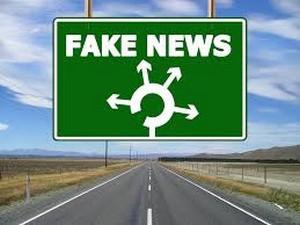Fake newsApril Fools hoax stories may offer clues to help identify “fake news”
Studying April Fools hoax news stories could offer clues to spotting ‘fake news’ articles, new research reveals. Researchers interested in deception have compared the language used within written April Fools hoaxes and fake news stories.

April fools hoaxes may help in identifying fake news // Source: maxpixel.com
Studying April Fools hoax news stories could offer clues to spotting ‘fake news’ articles, new research reveals.
Academic experts in Natural Language Processing from Lancaster University who are interested in deception have compared the language used within written April Fools hoaxes and fake news stories.They have discovered that there are similarities in the written structure of humorous April Fools hoaxes — the spoof articles published by media outlets every April 1st — and malicious fake news stories.
Lancaster says that the researchers have compiled a novel dataset, or corpus, of more than 500 April Fools articles sourced from more than 370 websites and written over fourteen years.
“April Fools hoaxes are very useful because they provide us with a verifiable body of deceptive texts that give us an opportunity to find out about the linguistic techniques used when an author writes something fictitious disguised as a factual account,” said Edward Dearden from Lancaster University, and lead-author of the research. “By looking at the language used in April Fools and comparing them with fake news stories we can get a better picture of the kinds of language used by authors of disinformation.”
A comparison of April Fools hoax texts against genuine news articles written in the same period — but not published on April 1st — revealed stylistic differences.
Researchers focused on specific features within the texts, such as the amount of details used, vagueness, formality of writing style and complexity of language.
They then compared the April Fools stories with a ‘fake news’ dataset, previously compiled by a different team of researchers.
Although not all of the features found in April Fools hoaxes were found to be useful for detecting fake news, there were a number of similar characteristics found across both.
They found April Fools hoaxes and fake news articles tend to contain less complex language, an easier reading difficulty, and longer sentences than genuine news.
